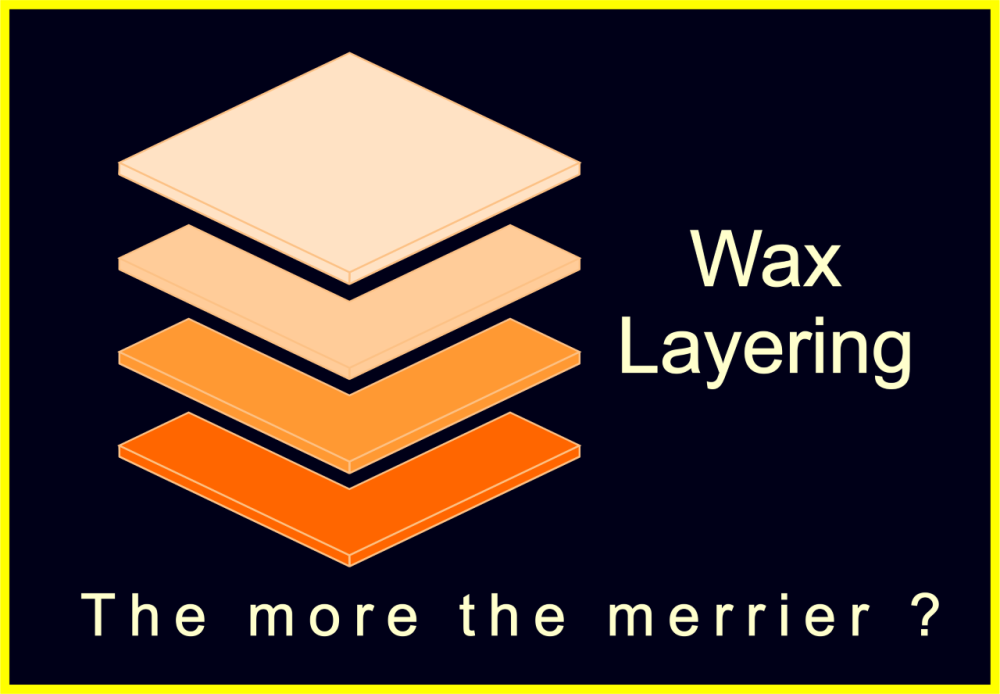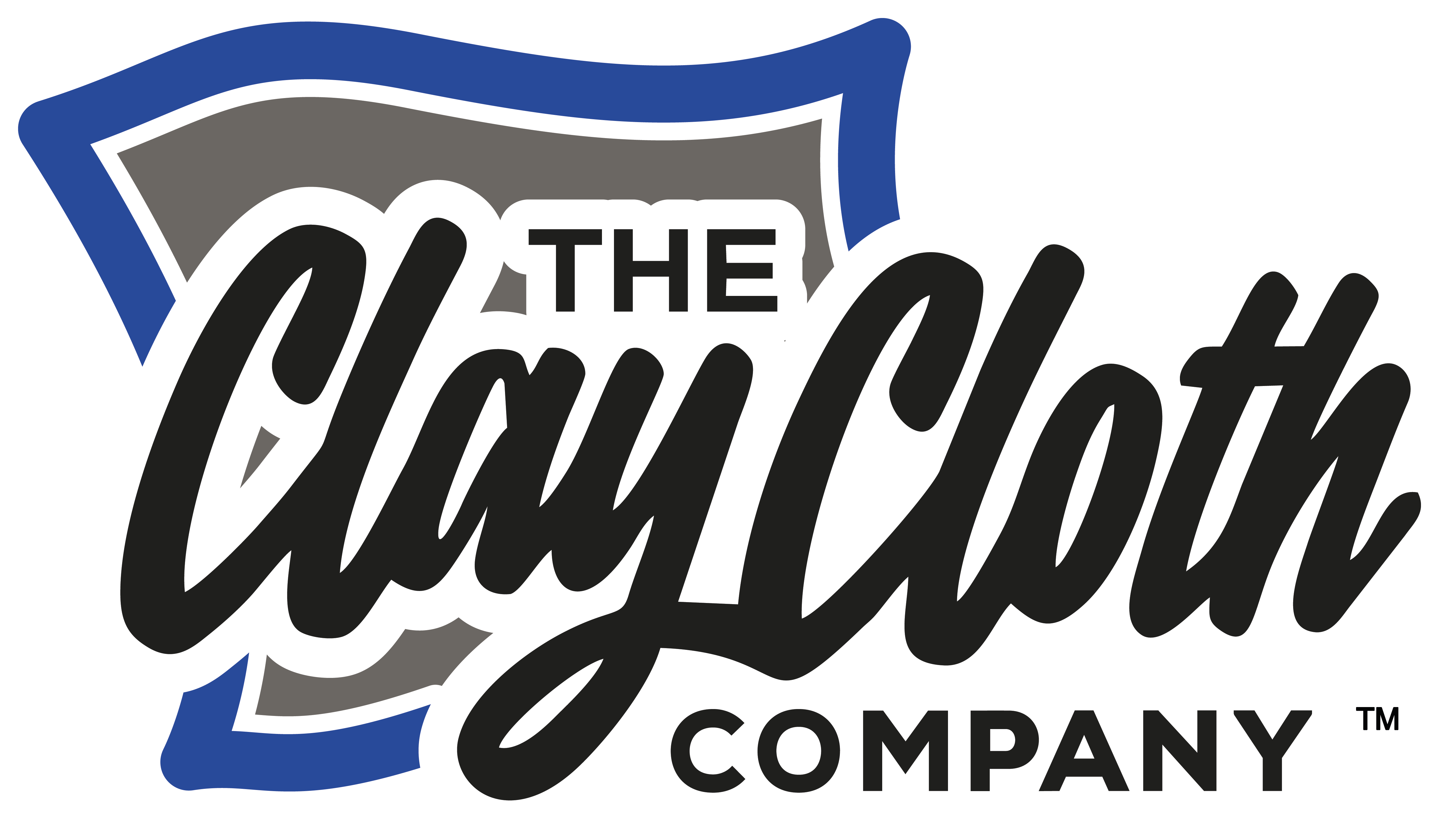Wax Layering

Wax Layering
I was talking to a guy yesterday who was showing me his car and went into detail about his routine and that he had just spent 3hrs applying 5 layers of wax to the paintwork. I didn’t have time to go into detail on wax layering, but I will briefly cover it here (this is my opinion based on my knowledge of the subject).
One of the much debated subjects in detailing is whether or not you can add multiple layers of wax to your car, not only over a short period of time but in a single session.
Most waxes have a carrier agent in them, a solvent which breaks down the rock hard carnauba so your wax can be smooth and easy to use.
Any product applied on top of the clear coat needs to be optically clear (transparent) otherwise both the paint colour and its depth of shine will be muted. One of the problems with ‘layering’ waxes is that they tend to occlude (become more opaque) as its thickness increases. Layering a wax will only marginally increase its thickness, but it will increase its density, which may contribute towards a lack of clarity.
Adding layers for increased durability does very little if anything to improve it; I'd also suggest that most enthusiasts use wax for aesthetics as opposed to increasing durability.
Organic waxes, those that are natural like Carnauba require time to cure, (hardening process...a process that results in a wax forming a "hard shell" following full evaporation of the solvent carrier). If you apply a wax or any product which has this solvent within, and you haven’t allowed the previous product you applied sufficient time to cure then all you are doing is introducing that solvent back into that product and breaking down what you have just applied – As such, when you apply a wax over a wax, then all you’re doing is removing the previous layer of wax. Apply 5 layers of wax in one go results in you removing 4 layers in the process!
How many layers can I apply? Well a debatable topic again but applying more than 1 layer of wax to be effective is possible, so long as you allow the product to fully cure. Assuming you apply the wax nice and thin, the cure times will range from 1 - 24 hours, depending on what wax you use; we recommend at least 12hrs for Killerwaxx Paste Wax to fully harden (times can also vary depending on temperature and humidity). Adding a number of layers taking into account full curing can increase shine, but layers have to be thin, humidity and other factors right in order that you do not diminish your 'optically clear' finish.
This guy I met also told me of his issues with his wax always ghosting. Wax Ghosting is where your car hazes over a few hours after the waxing process. This usually occurs when too much product is applied, and this can be a single layer of too much wax or multiple layers in one go. Lots of wax means lots of solvent and this solvent has to evaporate before the wax can fully cure and harden – the ghosting is where the solvent is still evaporating. A quick buff will usually remove this hazing, but the hazing usually returns until the solvents have evaporated. Thin layers are better than slapping on loads!
Other factors such as the paintwork being too hot, wax build up on the microfibre towel can also cause wax ghosting; a reason why we recommend a number of cloths for detailing, both plush in design and colour coded e.g blue to remove initial product and green to buff. The deep pile lifts the product away from the paintwork far more effectively than short pile microfibres. And while I am discussing microfibres, it’s worth noting that a 70/30 mix of Polyester & Polyamide Microfibre is far better for your paintwork when you demand high gloss than 80/20 mix. The added Polyamide (the ‘30’ part) will provide increased softness and absorbency. It’s a far softer blend of microfibre.
And finally… Gloss Enhancing products such as our Killerwaxx Extremely Wet are perfectly fine to be layered, just those with carrier agents you need to pay attention to cure times if you want the best results, otherwise you’re simply wasting you product and time!
